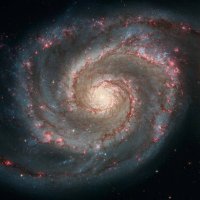
NASA Universe
@nasauniverse
Your backstage pass to the universe and how NASA studies it.
Verification: nasa.gov/socialmedia
ID: 26853548
https://universe.nasa.gov/ 26-03-2009 21:16:15
10,10K Tweet
1,0M Followers
89 Following
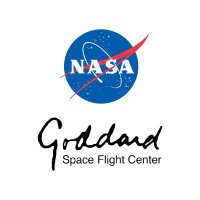
How’s “galactic archaeology” for a dream job? Nancy Grace Roman Space Telescope will have a unique capacity to look for "fossils" of galaxy formation with high-resolution imaging of galaxies in the nearby universe! go.nasa.gov/3XmijU2

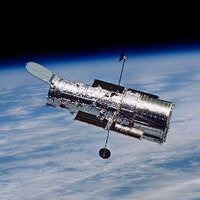

Join us today for a special social takeover with Brian Williams to celebrate the first launch anniversary of JAXA(Japan Aerospace Exploration Agency)'s XRISM telescope! Stay tuned while he introduces himself and the work he does in X-ray astronomy.





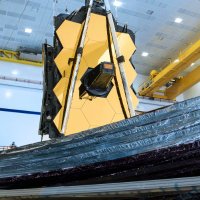

A NASA-developed material made of carbon nanotubes will enable our search for exoplanets—some of which might be capable of supporting life! Learn how this material is formed and how it could be used in future NASA Universe space missions: go.nasa.gov/4cRMJBV


A symphony of space! 🎵 This sonification of the galaxy NGC 6872 translates data from Chandra Observatory and Hubble into music. Volume is mapped to brightness, and the pitch is related to the distance from the center; the farther away, the higher the pitch: go.nasa.gov/3XbBU8a
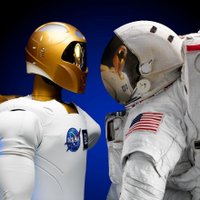


#OTD in 1977, Voyager 1 joined its twin, Voyager 2, in exploring the cosmos. Since then, NASA Voyager has visited the outer planets in our solar system and both have gone where no other human-made objects have gone before! go.nasa.gov/3yV6smE



